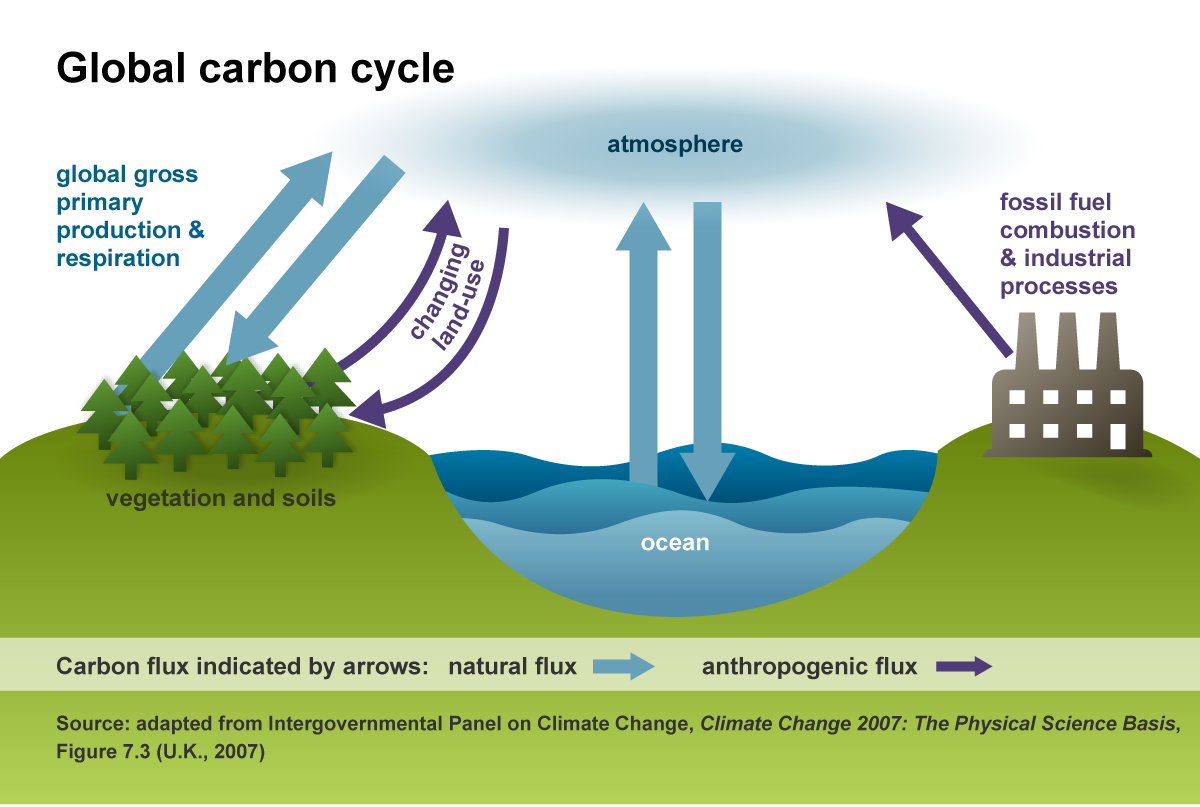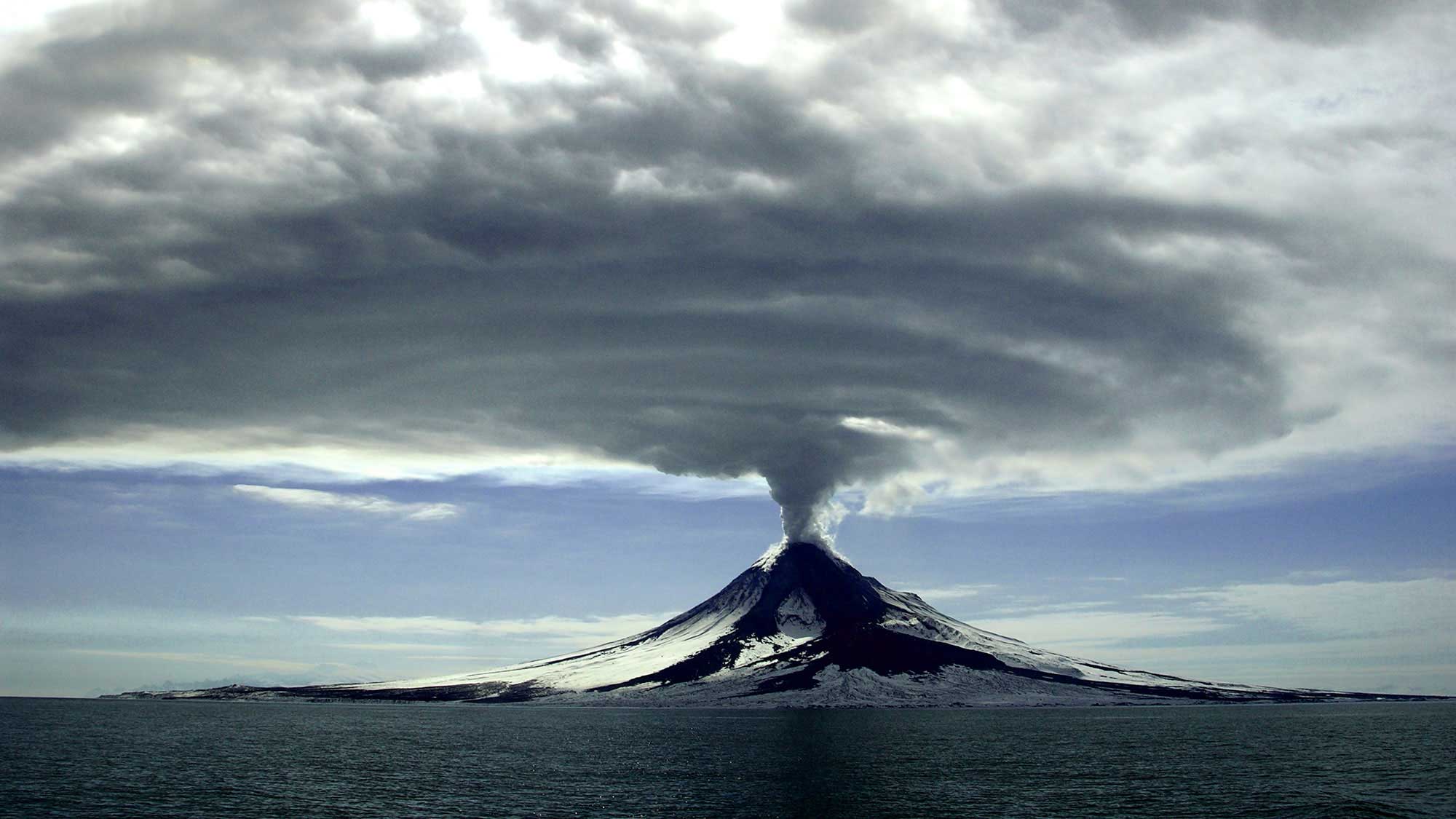Summary
Climate is a system, driven by solar radiation and interactions of the atmosphere, hydrosphere, geosphere, and biosphere. A number of natural phenomena contribute to Earth’s climate. These phenomena—plate tectonics and weathering, evolution of new life, and others—have interacted via the carbon cycle to change the amount of CO2 in the atmosphere and cause temperatures to change throughout geologic time.
Online Resources
The Greenhouse Effect
Greenhouse Gas Simulation: An interactive simulation from the University of Colorado Boulder in which one can vary the concentration of greenhouse gases in the atmosphere and see the changes in infrared radiation in the atmosphere and the effect on Earth’s temperature.
Climate Measurements
1) Global Precipitation Measurement Core Observatory: An article and video about satellite measurements of precipitation.
2) CoCoRaHS Network: A website with information about the Community Collaborative Rain, Hail, and Snow Network, a citizen scientist project that generates measurements of precipitation all over the US. The site contains maps, data, and information about how to join the project and make measurements.
Climate Change Over Geologic Time
Paleomap Project: a set of detailed maps of the world showing the past positions of the continents and describing Earth’s past climates, going back to the Cambrian period.
Recent Climate Change: Data and Visualizations
1) NASA Vital Signs of the Planet website: An excellent overview of key climate change data. This site also contains many links to articles, information about solutions, images, videos, interactives, education resources, and information about NASA missions.
2) NASA Climate Time Machine: Animation of global temperature change from 1884 to 2014.
3) NOAA Climate Data Snapshots: maps of monthly US climate data including temperature, precipitation, drought, and severe weather. The time records of the datasets vary, but the earliest go back to 2000.





